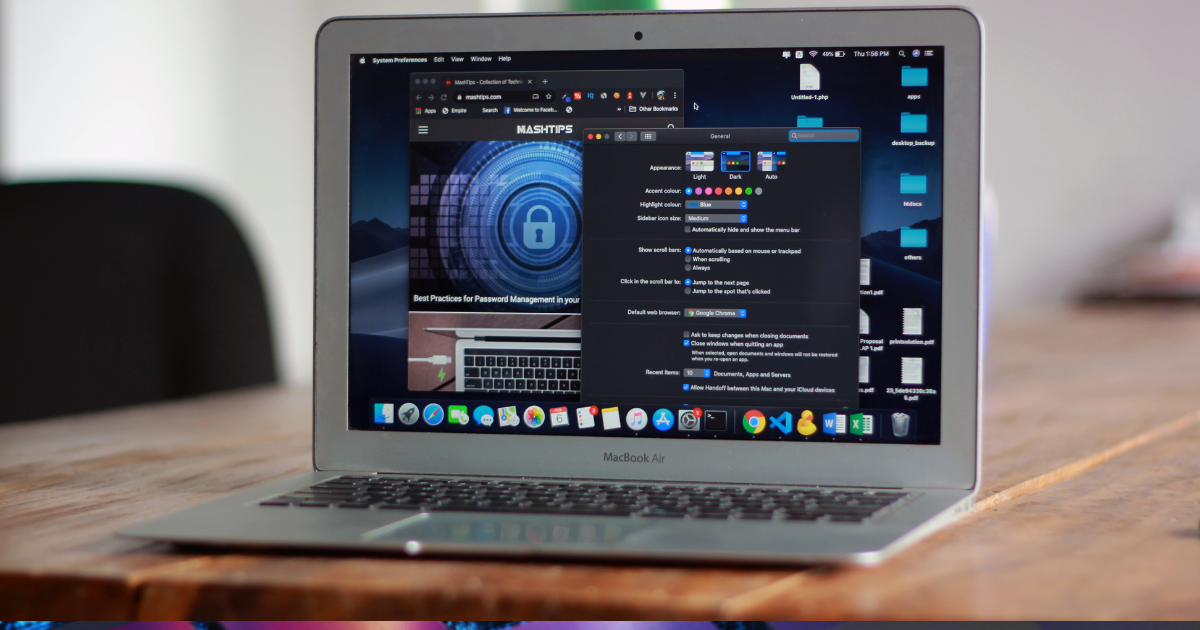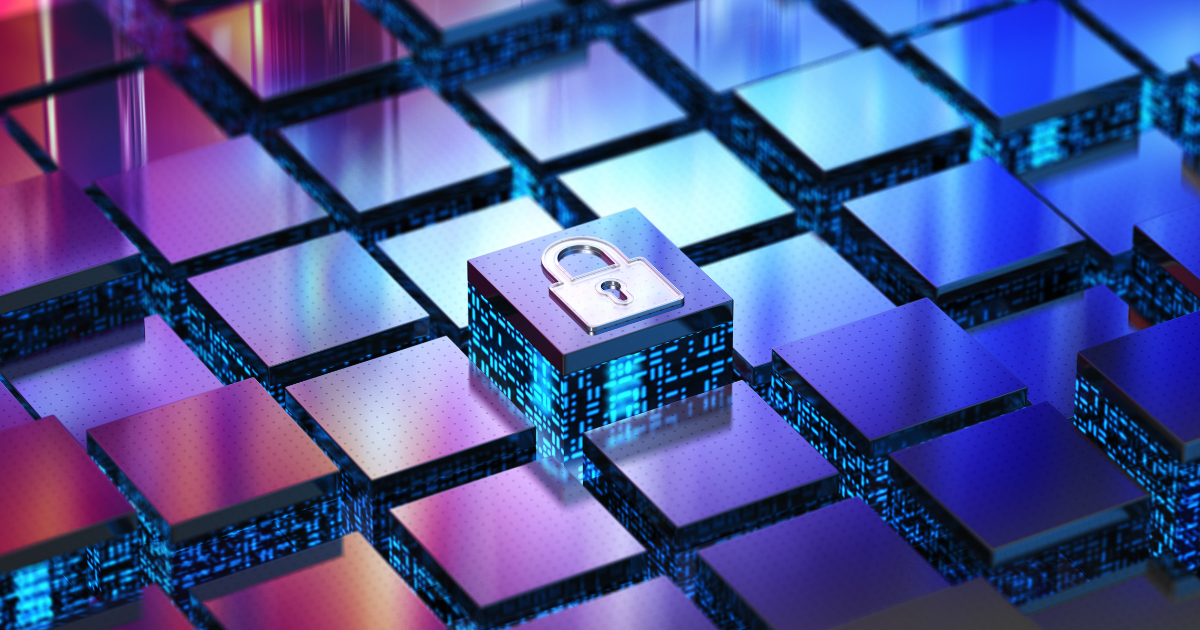Nowadays, cybersecurity has become a non-negotiable priority for businesses of every size. As we navigate through 2025, cyber threats continue to evolve at a staggering pace, and the implications for organizations can be severe. From ransomware attacks to sophisticated phishing schemes, the risks are multifaceted and growing.
This is where managed IT services play a critical role, providing businesses with proactive security measures, continuous monitoring, and expert support to safeguard office technology and protect sensitive data. For companies looking to stay ahead of cyber threats, understanding and adapting to this changing environment is crucial. Here’s how you can do that.
1. Understanding the Evolving Cyber Threat Landscape
Cyber attackers are becoming more innovative, leveraging advanced technologies such as artificial intelligence and machine learning to bypass traditional security measures. As a result, the tactics, techniques, and procedures (TTPs) employed by cybercriminals are more refined than ever before.
Ransomware Rises: In recent years, ransomware attacks have surged, targeting large enterprises and small businesses. Cybercriminals now customize their attacks to exploit vulnerabilities specific to an organization’s digital infrastructure.
Phishing and Social Engineering: No longer confined to simplistic scams, phishing attacks have evolved into highly sophisticated campaigns that mimic trusted communications. This makes it increasingly difficult for employees to distinguish between legitimate emails and fraudulent ones.
Internet of Things (IoT) Vulnerabilities: With the rapid adoption of smart devices in the workplace, cybercriminals have a broader attack surface. Insecure IoT devices can serve as entry points into larger networks without adequate protection.

2. The Hidden Costs of Cyber Attacks
Cybersecurity breaches aren’t just technical issues—they carry significant financial, operational, and reputational costs.
Direct Financial Losses: Immediate expenses such as ransom payments, legal fees, and regulatory fines can quickly add up. Additionally, the cost of downtime during an attack can severely impact revenue.
Long-Term Reputational Damage: Beyond the immediate financial hit, a data breach can erode customer trust. Recovering from a damaged reputation is a long and costly process.
Operational Disruption: Cyber-attacks can cripple business operations, causing delays and loss of productivity. The recovery process often involves a painstaking rebuild of digital infrastructure and an overhaul of security protocols.

3. Best Practices for Protecting Office Technology
Modern office technology is the backbone of business operations. However, with greater connectivity comes increased risk. Here are some best practices for securing your office technology:
Regular Software Updates: Ensure all systems, applications, and devices receive timely updates and security patches. Outdated software is one of the easiest ways for cybercriminals to gain entry.
Multi-Factor Authentication (MFA): Strengthen access controls by implementing MFA. This adds an extra layer of security beyond just passwords, making unauthorized access much more challenging.
Employee Training: Often, the human element is the weakest link in cybersecurity. Regular training sessions can help employees recognize phishing attempts and other social engineering tactics.
Endpoint Protection: Invest in comprehensive endpoint security solutions that monitor and protect all devices connected to your network. This is especially important as remote work continues to blur the lines between office and home.

4. Securing Sensitive Data: What You Need to Know
Data is the new currency, and its protection is paramount. Sensitive information—from customer records to intellectual property—requires rigorous safeguarding measures.
Data Encryption: Encrypt data at rest and in transit to ensure that even if it is intercepted, it remains unusable to unauthorized users.
Access Controls: Implement strict access controls so only authorized personnel can view or modify sensitive information. Regular audits can help identify and rectify any potential breaches.
Data Backup and Recovery: Develop and maintain a robust backup strategy. In the event of a cyber incident, having recent backups can drastically reduce downtime and data loss.
Compliance and Regulation: Stay informed about the latest regulations, such as GDPR or CCPA, that govern data protection. Compliance shields you from hefty fines and boosts your credibility in the eyes of your customers.
Secure Your Digital Future
At Innov8 Digital Solutions, we help elevate your cybersecurity by protecting your sensitive data against evolving threats. Our expert-managed IT services across Alberta and British Columbia empower your business to thrive in the digital age. We also proudly serve Kelowna, Kamloops, Nelson, Victoria, Nanaimo, Courtenay, Calgary, Red Deer, and Sudbury.
Let’s build resilient defenses together and secure your organization’s future. We also offer managed print solutions and printer lease services to support all your office technology needs.
Want to know what services fit your business best? Use our online calculator to get a personalized estimate: Click here

